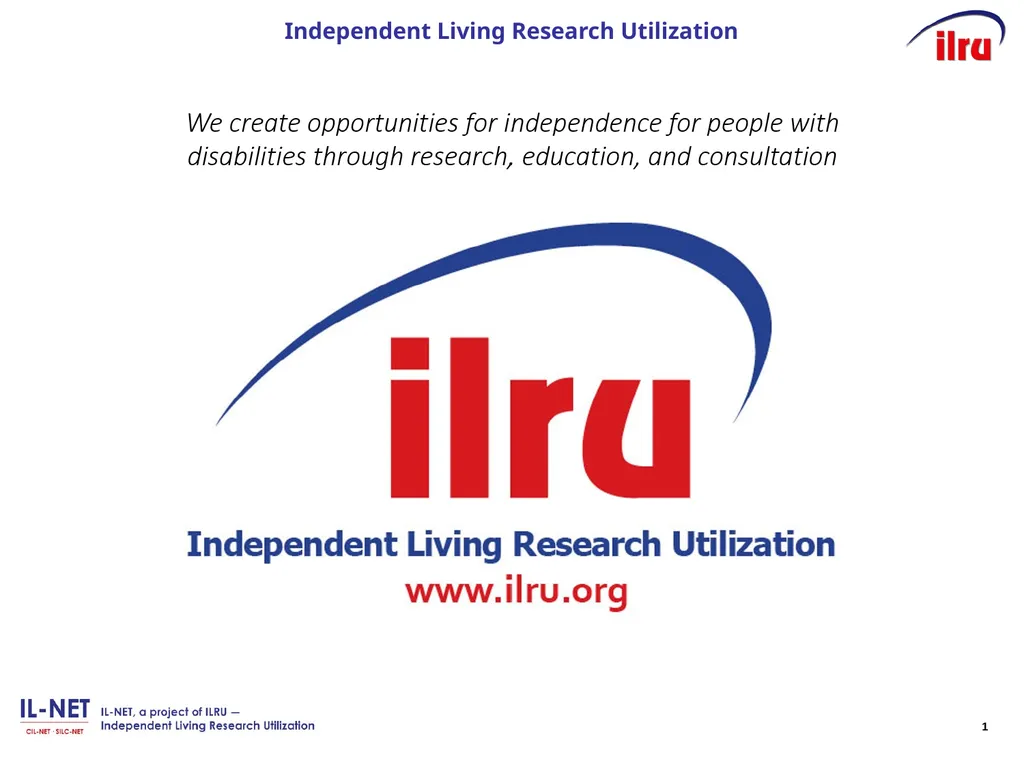
Independent Living Research Utilization Susan
Author: marina-yarberry | Published: 2025-06-27
Description: Independent Living Research Utilization Susan Dooha Kim Gibson Reyma McCoy McDeid Ron Halog An American Journey: CIL Stories CIDNY and Susan Doohas Story We believe our mission includes a mandate to remove barriers that are embedded in
Download Presentation
Download the PPT/PDF: Download
Transcript:
Loading transcript…